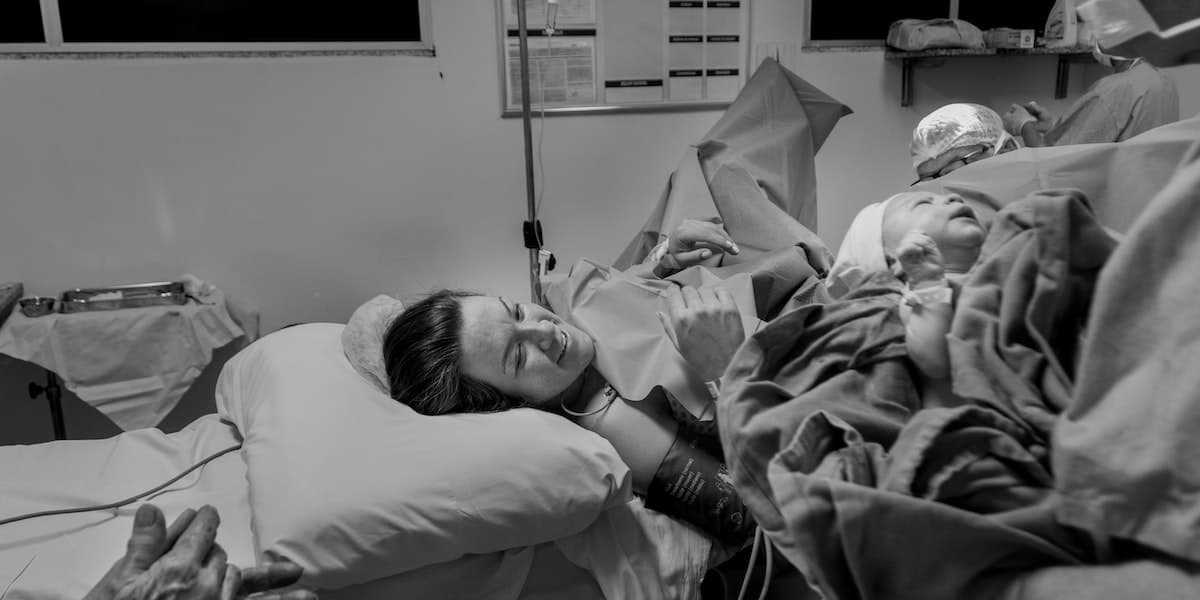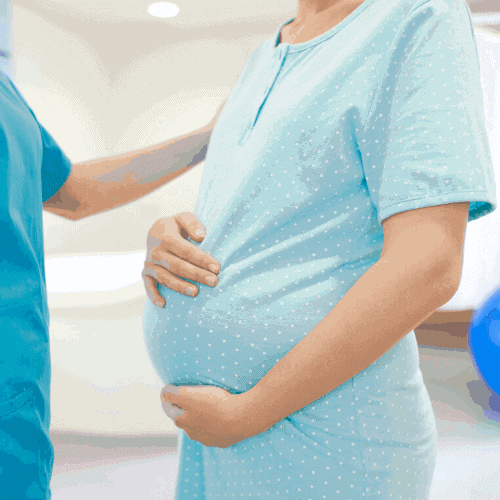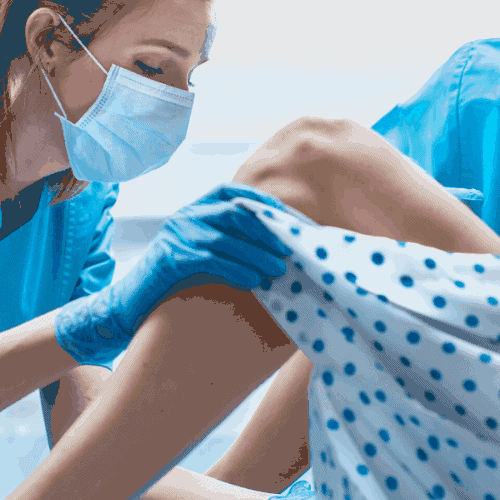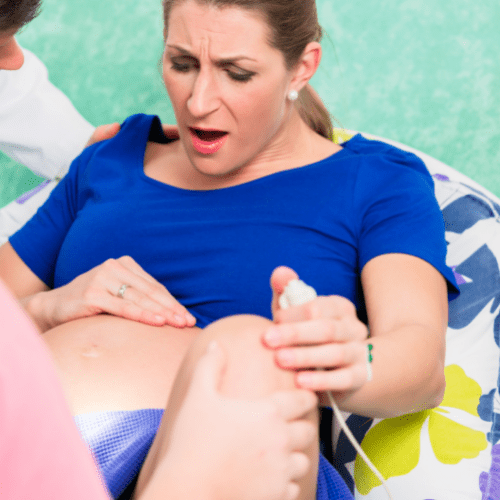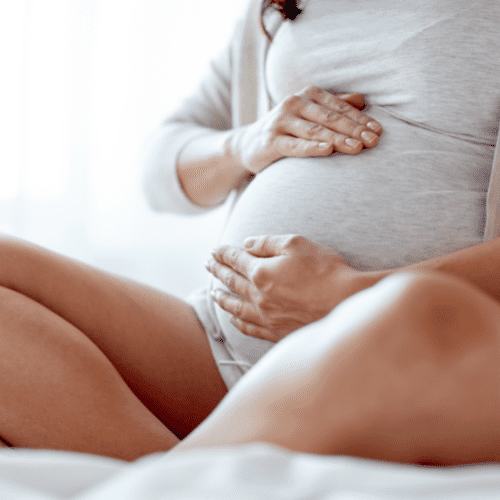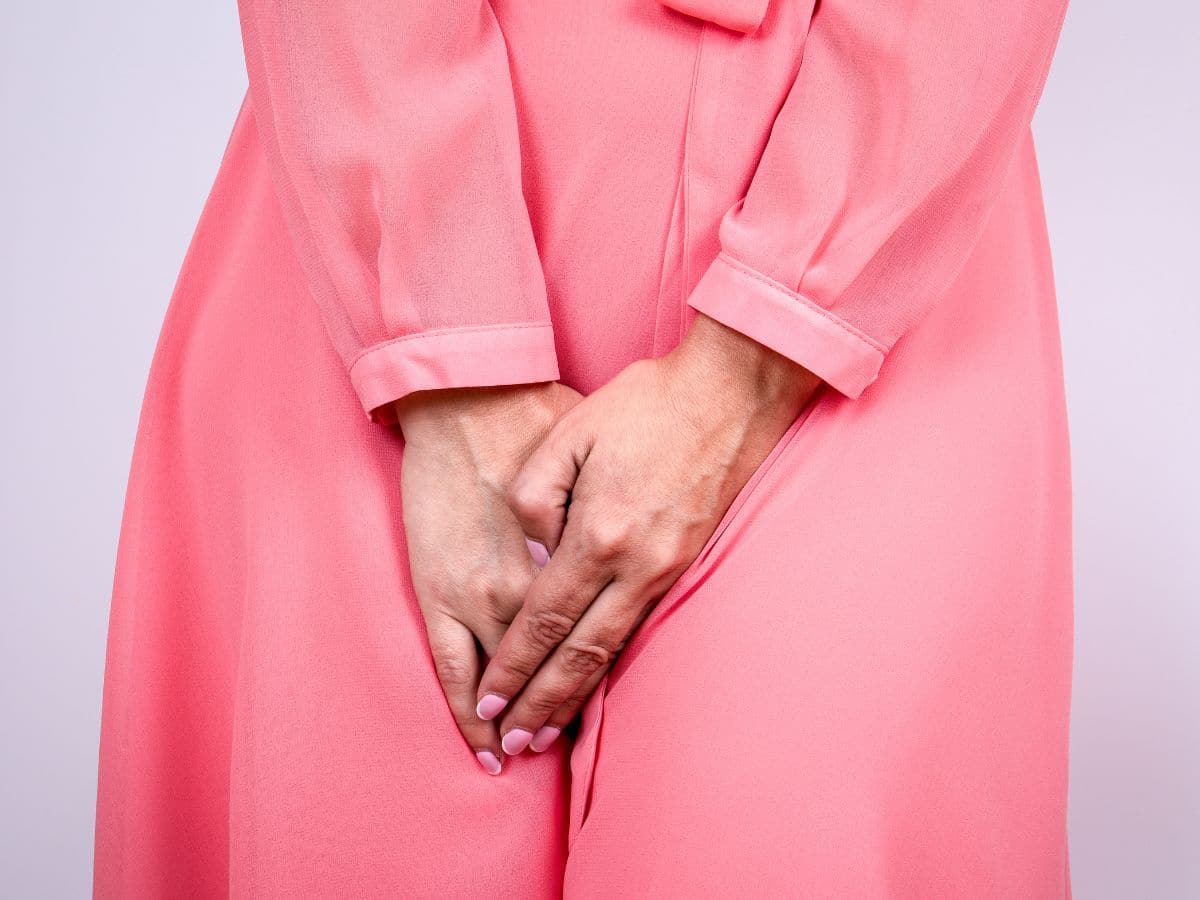For those planning a child, birth is often a given part of the process, and all the bodily changes that come with it. Much of the planning to do with pregnancy circles around your new child, as well as accommodating your pregnant body if you are carrying the child.
There is a lesser focus on postpartum clothing for both the hospital, and the following aftercare. For new parents, this is still an ever-vital part of the process of bringing a new life into the world.
Most importantly, it is often a sticking point for new parents. Whereas carrying a child for 9 months encompasses bodily changes that people accommodate with new clothes, postures, sitting cushions and other additions, giving birth is also accompanied with new bodily changes that can take some parents by surprise.
They are also often bodily changes best prepared for, but they are nothing to be afraid about. Giving birth is a natural process, and the bodies people have afterwards, changed a little or a lot, are also natural and beautiful.
You may want to be informed about the choices available to you, what to buy and what considerations to make. Read on to understand best how to make these choices in a way that is safe for you, your baby, and your financial future.
As an Amazon Associate, I earn from qualifying purchases. The links below may be affiliate links. Please read my disclosure policy for more information.
Hospital Nightgown

A great consideration to make when entering the hospital is purchasing a hospital nightgown for your use. The reason this is a good consideration to make is because, whether you have delivered the baby or not, you may find that hospital nightgowns are cold and uncomfortable (albeit easily cleaned and replaceable).
The reason hospitals favor the use of these nightgowns is severalfold; they can be cut into for IVs, injections and access during birth or aftercare with no concern for someone’s clothing; they have openings to allow access; fastenings are loose and easy to undo, and they are generally sterile.
With proper preparation however, this is something you can bring with you into your birthing experience so that you don’t have to rely on the hospital’s gowns. Many hospital nightgowns or birthing gowns will give you a variety of options to choose from: many come with pockets, fastenings of Velcro or loose buttons, comfortable and sterile material, as well as patterned material.
Having the choice is a great luxury to have when in birth or during aftercare; purchasing a nightgown or birthing gown ahead of time and packing it in your go-bag should you enter labor (or if you are moving to induce labor as well) is a savvy idea. The pockets are particularly helpful, as hospital nightgowns tend to lack this particular addition.
Postpartum Underwear
If you have never given birth or known anybody who has given birth, you may not be familiar with postpartum underwear.
However, they are a common and often vital part of the postpartum aftercare process; postpartum underwear helps to support large paternity/maternity pads, which are used to collect fluids such as mucus, blood and discharge (all totally natural) after birth.
Large supportive underwear helps to accommodate this, though some people choose to wear maternity pads or simply large period pads after birth.
In the hospital, you may be given some postpartum underwear. These are useful garments, but bringing your own means you can have comfortable additional choices and you can also take them home with you.
The variety given to you by the hospital will be disposable by nature, but you can buy underwear that is just as supportive but comes in a variety of colours and materials for your comfort. These are useful whether you have had a C-section or given birth vaginally, because your body will going through a lot of natural changes at this time that involve excreting fluids or just generally healing.
Nursing Bra
Nursing bras are a great pick for gestational parents because they accommodate and are gentle on the changes breasts often go through post birth. This involves engorgement in the breast and lactation beginning due to the hormones released by the birthing process.
Nursing bras can be useful because of the button-down action they have, allowing the breast to be pulled out easily for feeding a baby quickly, as well as the comfort they offer.
Those who choose not to nurse for whatever reason – all of which are valid reasons: it is your body – may find comfort in looser but supportive material around the breast during this time because of bodily changes that will happen. If you do not have mammary glands, you may not experience as severe changes in your chest area.
If you are wearing a binder, do be careful both pre- and post-partum as oxygen levels at this time are vital. Listen to your clinician or health advisor to understand the length of time wearing your binder is appropriate for you, and check in with your birthing team to ensure your health is tip-top.
Washable Nursing Pads
If you are a gestational parent with mammary glands, whether you decide to breastfeed, chestfeed or not at all, you may find that post-birth you are experiencing a large amount of milk secretion. This is due to a natural wave of hormones that occurs post-birth, stimulating the chest to engorge with milk.
Though this is a natural occurrence, it can be difficult for parents to wake up covered in milk in the middle of the night or that they are finding their clothes seep through with it during the day. These changes are natural, but many parents want to avoid seeping milk in the night and may find this process distressing and even dysphoric.
To avoid this, it is common to use nursing pads. These pads can be placed in a bra, vest or binder to capture milk as it seeps out from the nipple: they are made of absorbent material.
It is good to know, however, that you can buy washable nursing pads that can be reused repeatedly. Although they will not generally last indefinitely, they are an easy alternative to disposable nursing pads that many gestational parents find themselves going through over and over.
Purchasing a washable version saves money, and reduces environmental waste.
Sweatpants
Sweatpants, or just loose fitting pants with few tight fits in general are a good choice post-birth. You may find yourself with a long hospital stay after you give birth whether the birth was completely ordinary or not: healing from childbirth is a difficult and sometimes prolonged process, and many health experts want to monitor the healing of somebody going through such a strenuous process.
Comfortable clothes are a must for many parents, as the alternative is often hospital gowns and similar wear which are suitable and sterile, but often not so comfortable.
Sweatpants are a suitable choice because they lack tight hems and do not put pressure on the stomach or elsewhere. They also accommodate well to bodily size changes: vitally, they avoid cloying your wounds as they heal and allow air to breathe around them.
This is important, because bacteria can grow in wet and unventilated areas on the body; loose-fitting clothing can be helpful in avoiding bacteria as we heal.
They also cover and gently skim over any post-partum pads you may be wearing, if this is something you are self conscious about. They are also easy to remove and put back on, making them ideal when you may be making changes of clothes frequently.
Nursing Tops
For those able and interested in nursing, nursing tops or a loose T-shirt can be a great staple to have. This is simply because nursing often involves allowing your child to get to your chest for feeding, something that can be difficult in tighter tops or even dresses simply because they require more work.
Soothing a child can be a big priority for parents after birth: ease and comfort are also deeply important in a time that involves feeds every 2-4 hours, where you are injured and tired and need to heal as well. Loose, comfortable clothing allows your child access to the nipple quickly, and allows you to heal in comfort.
These items will be useful after your hospital stay as well, as simple staples for your wardrobe.
Nursing tops are not necessarily feminine or styled: many simply use loose cotton shirts daily, so there is plenty to choose from and accommodations to be made in clothes that may not be intended for nursing at all.
Leggings
Many people opt for leggings post-partum because of their accommodating stretch. Although perhaps best to be considered once the majority of your wounds have healed, it can be a great choice for those who need clothes that will accommodate your post-partum body.
It is normal and beautiful for your body to go through changes after birth, and some of these may include changes to the size, shape and feel of your stomach, buttocks and hips. Some of these will, however, change with time as well as your body recovers, so leggings which accommodate this with a stretchy and forgiving material can be ideal.
Pajamas
Pajamas are an obvious choice for any hospital trip, and the one you make to deliver your baby is no exception. There are however some key choices and considerations to make when buying and wearing these pyjamas.
It is often advised to buy pajamas that you are not too concerned about ruining. Birth and post-partum bodily changes involve secretion of fluid that can sometimes be managed easily, but may quickly stain clothing visibly.
Dark clothing can help with this as well, as your lighter-colored clothing may be stained but sterile upon a wash.
Other important considerations include choosing a comfortable material, something that is easily washable, a material light on the skin and a design with access to the chest if you choose to feed your child with your own milk.
Robe
A bath robe to wrap around yourself can be a good choice post-partum as well, partially because hospitals are often kept cooler for reasons of sanitation.
You may find your room chilly and uncomfortable; a robe is a great choice to mitigate this, and can be taken off with a hot flush which is a common symptom both post-partum and when pregnant due to bodily changes.
Bath robes are also an ideal pick because they can allow you to keep your chest bare but covered up in the event of visitors, as well as opened up easily to feed your child if you choose to. Similarly, they can be used in this fashion once you have left the hospital as well, and will accommodate any changes or size differences your body goes through as you recover from giving birth.
Button-down tops, shirts and blouses
Although it can be unwise to opt for clothing that is excessively fancy or delicate, an ideal choice post-birth can be clothes that have buttons that are easily undone if you choose to feed your child with your own milk.
If you are not feeding your child with your milk but are still producing milk, this can still be a good choice because you may find yourself often replacing nursing pads.
Although absorbent, it is best to change nursing pads regularly both to prevent any problems with bacteria and to ensure that there is no leakage or spilling onto your clothes: a button-down top means that whether you are at home or not, you can cleanly replace your pad without having to entirely undress or fumble around in your clothing.










